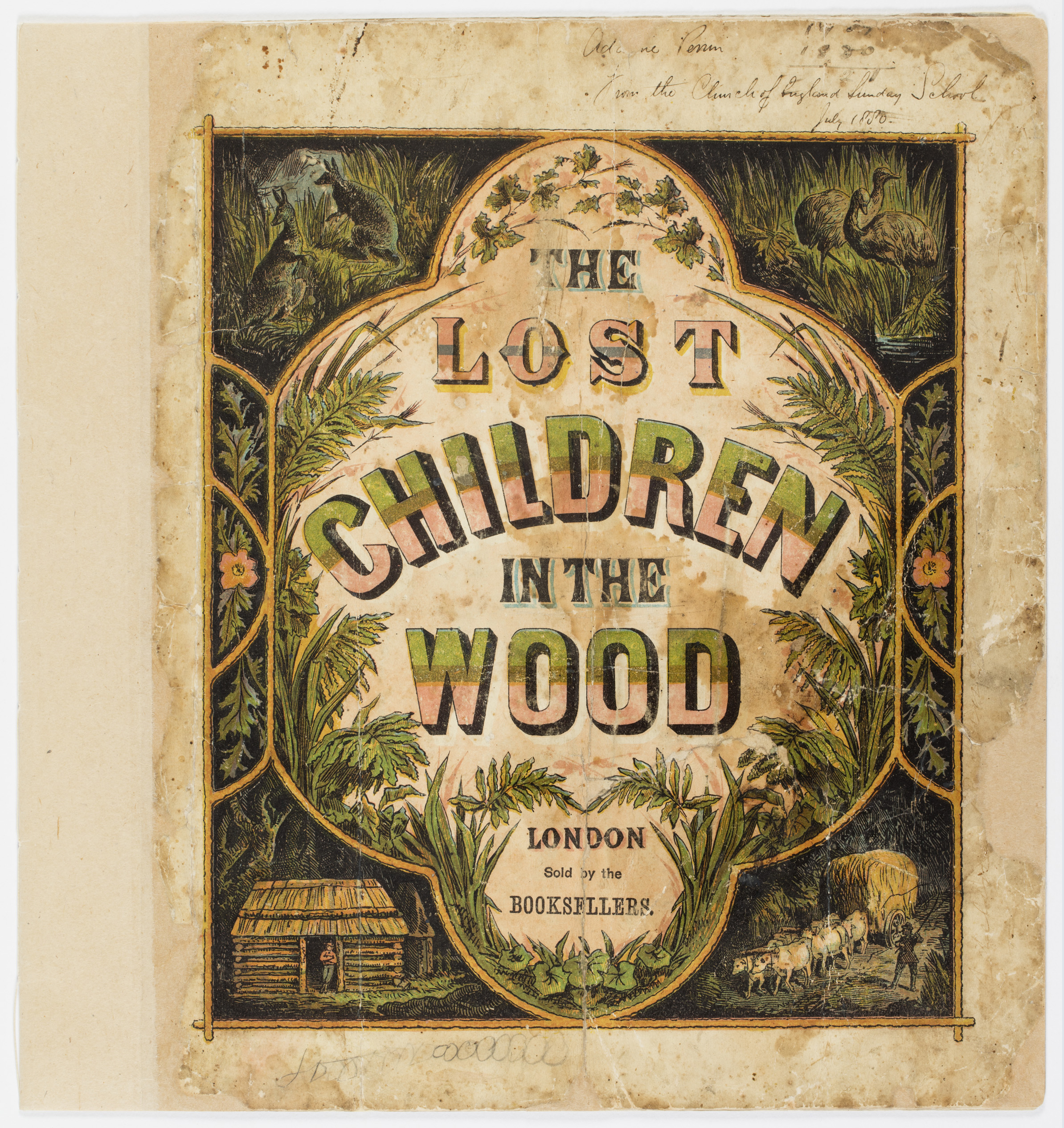Children’s colonial adventure
Children’s colonial adventure
During the nineteenth century, children in Australia had a diverse selection of literature to choose from in terms of the texts that circulated throughout the colonies in bookshops, libraries, newspapers and magazines. This body of literature also came from a variety of different authors, including Australian, British and American writers.
Today, many Australians will still be familiar with the children’s stories and fictional characters that have endured from the late nineteenth and early twentieth centuries, such as Ethel Turner’s Seven Little Australians (1894), Ethel Pedley’s Dot and the Kangaroo (1899), May Gibbs’ Tales of Snugglepot and Cuddlepie (1918), Norman Lindsay’s The Magic Pudding (1918), and Dorothy Wall’s Blinky Bill (1933).
The Library’s collections are rich in the history of Australian children’s literature. Holdings include the original manuscript of Turner’s Seven Little Australians, as well as the original manuscript illustrations for Gibbs’ Snugglepot and Cuddlepie. [i] The Thyne Reid Trust Collection of Children’s Books held at the Library further provides a fascinating and detailed snapshot of children’s literature and its changing trends in Australia throughout the nineteenth century and beyond.
This collection of children’s literature holds approximately 1700 titles, comprising books and magazines for children, as well as original manuscript illustrations, published between c. 1790 and 2006. Roughly 200 of the titles in the collection were published during the nineteenth century. These titles capture many of the now forgotten texts for children of this period that significantly influenced how children began to understand the world around them, as well as Australia’s place within it.
Books by American and British writers proliferated in Australia throughout the nineteenth century and are well documented in the Collection. Many of these texts were by male authors who utilised Australia’s bush landscape as the setting for colonial tales of adventure. These adventure stories were often framed within a subtext of imperial discovery and conquest, and were coloured by British Empire politics and social attitudes. Endurance at the colonial frontier and heroism in the face of a supposedly uncivilised landscape, its wildlife and indigenous population, are dominant themes in these books.
The collection also illustrates the predominance of stories about lost children, many based on true events. While feeding into British imperial discourses, these tales also explicitly encode cultural and national anxieties about the discovery and settlement of the country. The children in these stories embody innocence, Christian piety, and white superiority, and their often tragic fates at the hands of an unnavigable landscape underline the otherwise publicly unspoken fears and discomfort of colonial enterprise in Australia.
More explicitly educational texts also form an important part of this collection. Ethnographic and historical texts like K. Langloh Parker’s More Australian Legendary Tales (1898) and A. Patchett Martin’s True Stories from Australasian history (1893) attempt to translate for their young colonial settler and British audiences Aboriginal legends and tales, as well as the history of British exploration in Australia and New Zealand. Moral stories for children, as well as educational treatises for adults, further add to this genre of writing.
Such texts also signal the important contribution of women writers to shaping children’s literature in this period. Many of these educational texts by women remain understudied and largely forgotten but they arguably form an important context for understanding the development of the Australian nation in its formative years.
Ethel Turner's Seven Little Australians
"We have decided to go to Lindfield. It will be like being buried alive to live in a quiet little country place after the bustle and excitement of town life."




